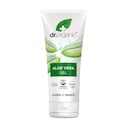10% off £25 OR 15% off £35
Sun Care
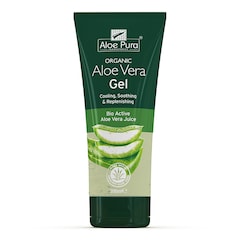

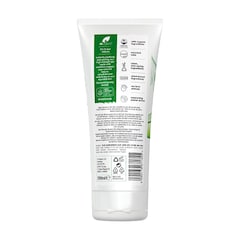
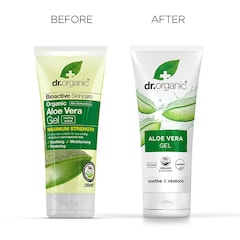
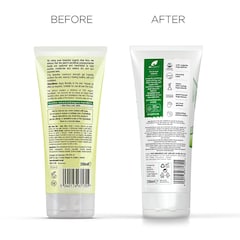
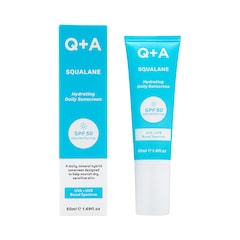
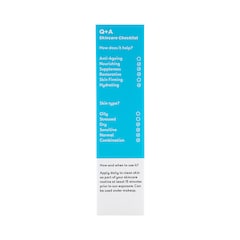
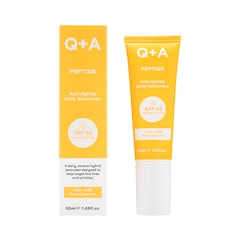

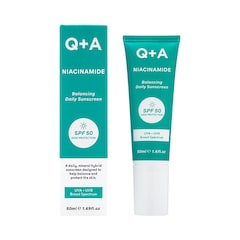
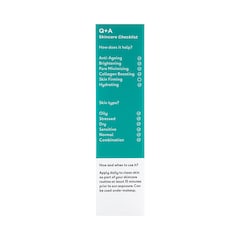
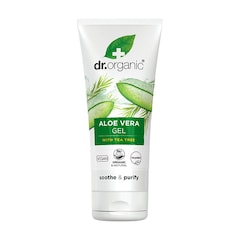
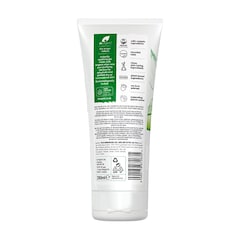
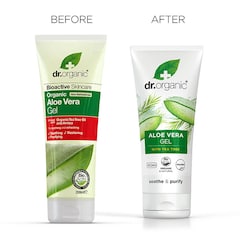
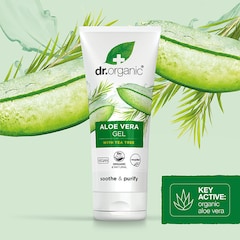
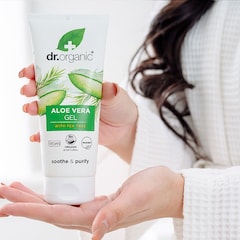
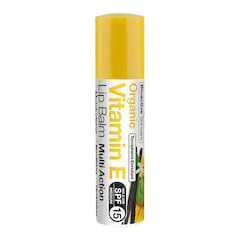
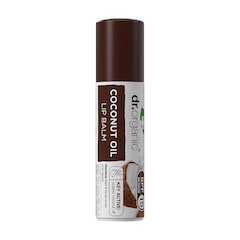
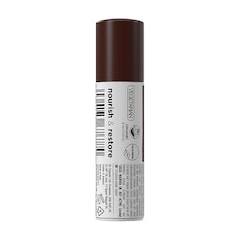
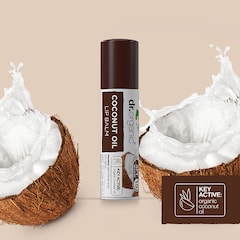
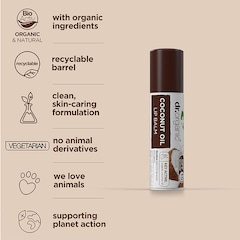
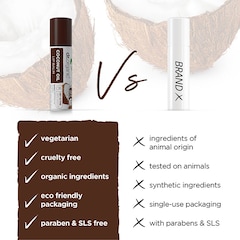
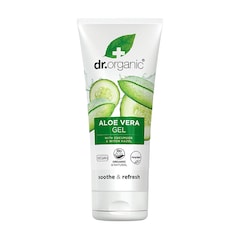
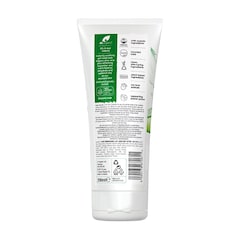
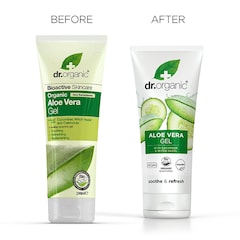
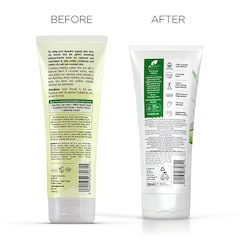
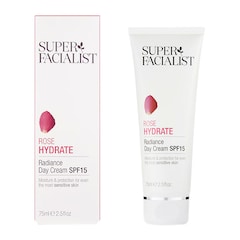
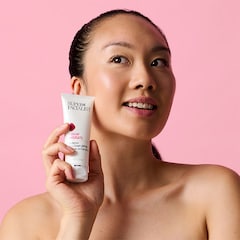

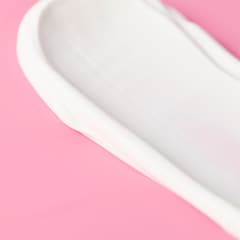
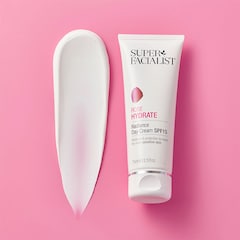

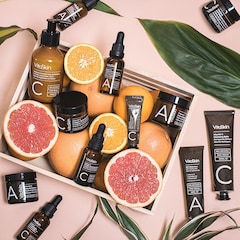
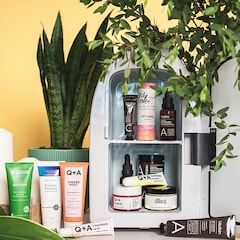
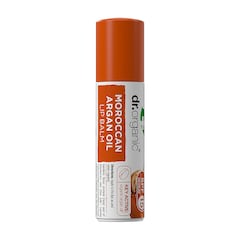
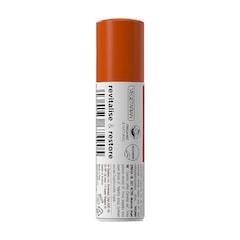
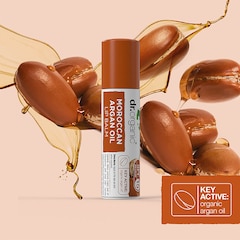
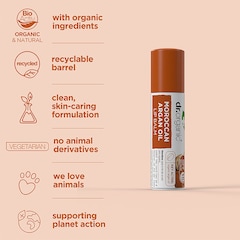
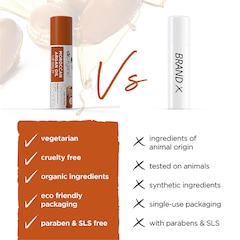
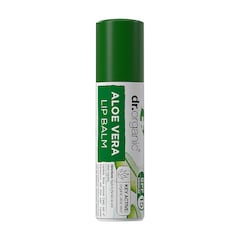
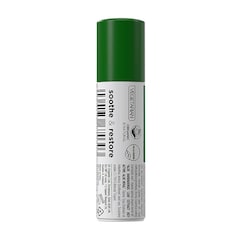
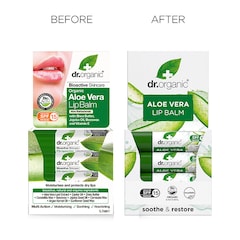
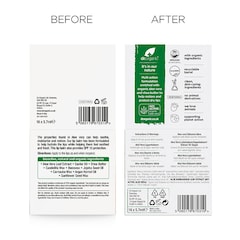
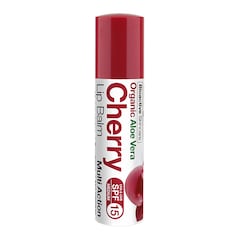
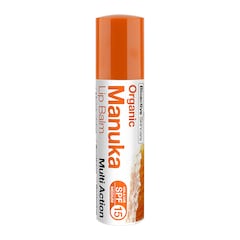
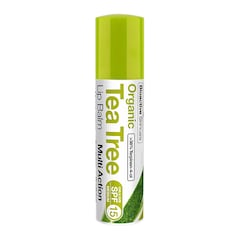
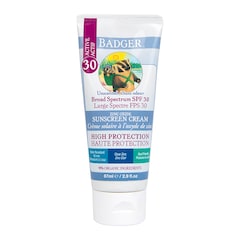
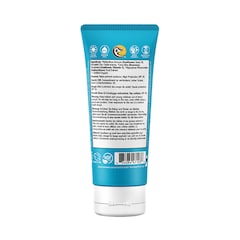
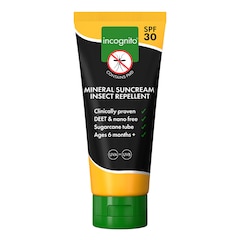
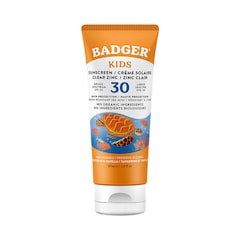
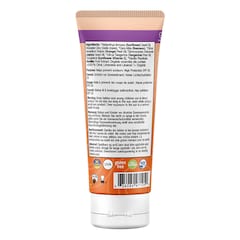
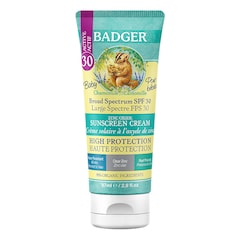
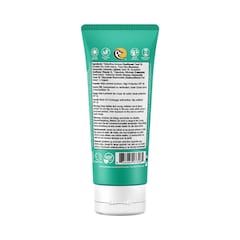
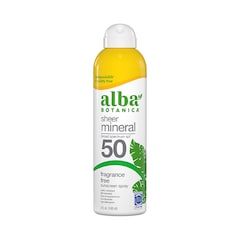
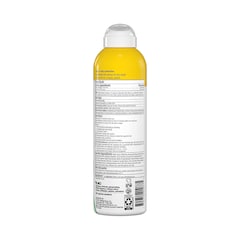
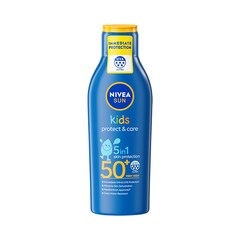
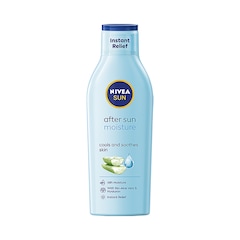
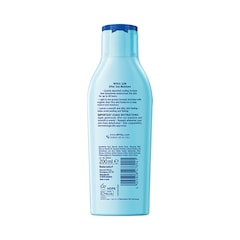
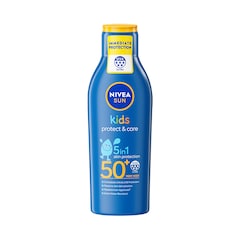
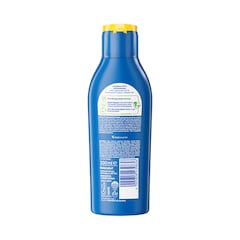
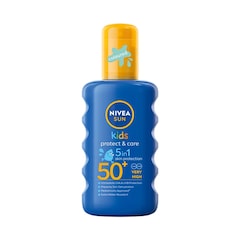
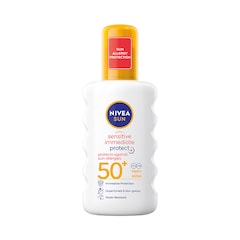
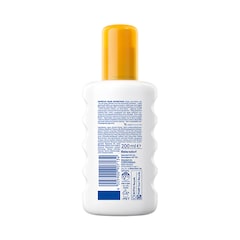
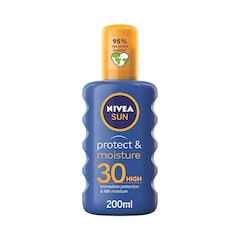
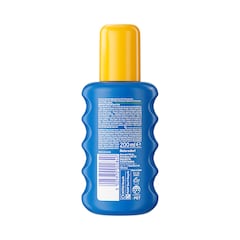
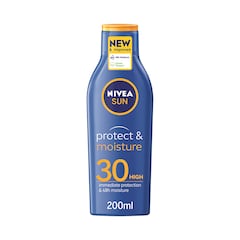
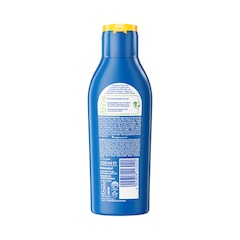

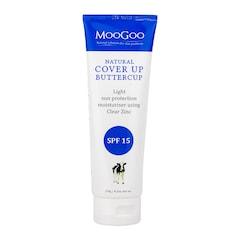
Sun care is key to healthy living. Beyond the visual impact the sun has on your skin in the long term, exposure to the sun’s UV radiation is the main cause of skin conditions.
Luckily, there are a myriad of ways you can protect yourself while in the sun, and keep on caring for your skin once you go back inside.
Important things to remember
Before we dive into the various natural creams, gels, and lotions you can try, there are some key things to remember about sun burn.
Two types of UV radiation
First of all, there are two types of UV radiation: ultraviolet A and ultraviolet B.
UVA can pass through glass, and research suggests it may cause premature ageing and wrinkles. It can cause basal cell carcinoma, squamous cell carcinoma, and melanoma.
UVB doesn’t pass through glass, but it is more closely linked to the development of melanomas and skin cancer, and it is the one that causes sun burn.
Natural sunscreen options
For many people, avoiding chemicals as much as possible is important to their well-being.
However, the FDA does recommend that sunscreens must have the active ingredients of zinc oxide or titanium dioxide.
Nevertheless, some sunscreens can include minerals that are also helpful in blocking UV rays or may have other skin benefits.
Holland & Barrett sells Jason Sunbrellas Family Natural Sunblock, for example, which has a hypoallergenic composition that is formulated for children’s skin. It is enriched with Shea butter, green tea extract, and vitamin E, for nourishing and moisturising benefits.
Can I use aloe vera gel for sun burn?
If you forget the sunscreen one day and come home with sore, red skin, aloe vera can be great.You can use it straight from the plant, or in gel form. First, be sure to wash your skin with cool water, then apply the aloe vera or an after sun cream.
Initial research shows that aloe vera helps to support the natural healing of the skin for both mild skin soreness and for sunburn. It can also moisturise, which then helps you to avoid peeling any dry skin off. Be sure to stay well out of the sun until the redness has gone.
What are the best sunscreens for my face?
Finding the best sunscreen can be tricky, as you may also want to take into account any underlying skin concerns, sensitive skin or other reactions.
Light creams that are oil free and don’t feel greasy tend to be the best options. For oily or acne-prone skin, liquid sunscreens are a better option than thicker creams as they are less likely to clog your pores.
There are also powder-based sunscreens that can be applied under or over make-up and may even help to absorb excess oil.
Suntan creams that are good for you
While we do need a bit of sunlight in order to get some vitamin D, the longer we spend in the sun without protection, the greater the risks are.
Unfortunately, there really isn’t a safe way to get a genuine sun tan. However, there are tanning creams, such as the Express Sunkissed Tan that can be applied easily at home.
Applying Sunscreen
Sun damage builds up over time, so sun care should really be a daily habit.
Aim for a broad-spectrum sun cream with a sun protection factor (SPF) of 30 or more.
Apply sunscreen and lip balms with a high SPF at least 15 minutes before going outside, then reapply every two hours.
Whatever product you end up going with, be sure to apply sunscreen to all exposed skin, including the ears and the top of your head if your hair is thinning or gone.
The NHS recommends around two tablespoons for your whole body if you’re in a swimming costume. If you apply the sunscreen too thinly, its protection is reduced.
If you go swimming, even water resistant sunscreen should be reapplied afterwards. Likewise if you have been sweating a lot, the sunscreen may have been rubbed off and therefore need reapplying.
Sun care is key to healthy living. Beyond the visual impact the sun has on your skin in the long term, exposure to the sun’s UV radiation is the main cause of skin conditions.
Luckily, there are a myriad of ways you can protect yourself while in the sun, and keep on caring for your skin once you go back inside.
Important things to remember
Before we dive into the various natural creams, gels, and lotions you can try, there are some key things to remember about sun burn.
Two types of UV radiation
First of all, there are two types of UV radiation: ultraviolet A and ultraviolet B.
UVA can pass through glass, and research suggests it may cause premature ageing and wrinkles. It can cause basal cell carcinoma, squamous cell carcinoma, and melanoma.
UVB doesn’t pass through glass, but it is more closely linked to the development of melanomas and skin cancer, and it is the one that causes sun burn.
Natural sunscreen options
For many people, avoiding chemicals as much as possible is important to their well-being.
However, the FDA does recommend that sunscreens must have the active ingredients of zinc oxide or titanium dioxide.
Nevertheless, some sunscreens can include minerals that are also helpful in blocking UV rays or may have other skin benefits.
Holland & Barrett sells Jason Sunbrellas Family Natural Sunblock, for example, which has a hypoallergenic composition that is formulated for children’s skin. It is enriched with Shea butter, green tea extract, and vitamin E, for nourishing and moisturising benefits.
Can I use aloe vera gel for sun burn?
If you forget the sunscreen one day and come home with sore, red skin, aloe vera can be great.You can use it straight from the plant, or in gel form. First, be sure to wash your skin with cool water, then apply the aloe vera or an after sun cream.
Initial research shows that aloe vera helps to support the natural healing of the skin for both mild skin soreness and for sunburn. It can also moisturise, which then helps you to avoid peeling any dry skin off. Be sure to stay well out of the sun until the redness has gone.
What are the best sunscreens for my face?
Finding the best sunscreen can be tricky, as you may also want to take into account any underlying skin concerns, sensitive skin or other reactions.
Light creams that are oil free and don’t feel greasy tend to be the best options. For oily or acne-prone skin, liquid sunscreens are a better option than thicker creams as they are less likely to clog your pores.
There are also powder-based sunscreens that can be applied under or over make-up and may even help to absorb excess oil.
Suntan creams that are good for you
While we do need a bit of sunlight in order to get some vitamin D, the longer we spend in the sun without protection, the greater the risks are.
Unfortunately, there really isn’t a safe way to get a genuine sun tan. However, there are tanning creams, such as the Express Sunkissed Tan that can be applied easily at home.
Applying Sunscreen
Sun damage builds up over time, so sun care should really be a daily habit.
Aim for a broad-spectrum sun cream with a sun protection factor (SPF) of 30 or more.
Apply sunscreen and lip balms with a high SPF at least 15 minutes before going outside, then reapply every two hours.
Whatever product you end up going with, be sure to apply sunscreen to all exposed skin, including the ears and the top of your head if your hair is thinning or gone.
The NHS recommends around two tablespoons for your whole body if you’re in a swimming costume. If you apply the sunscreen too thinly, its protection is reduced.
If you go swimming, even water resistant sunscreen should be reapplied afterwards. Likewise if you have been sweating a lot, the sunscreen may have been rubbed off and therefore need reapplying.
